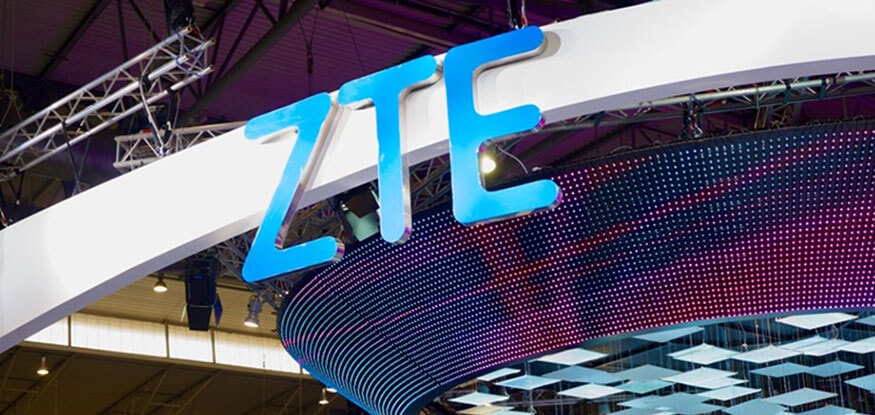From the perspective of network investment, in spite of low initial investment of NSA architecture, NSA architecture’s long-term cumulative investment cost is relatively higher than that of SA architecture, considering the upgrade cost of existing LTE network equipment and the evolution cost to SA architecture.
Furthermore, the initial deployment cost of SA architecture can be significantly reduced by virtue of an appropriate 5G deployment strategy. For instance, selective 5G coverage in hot spots, 4G and 5G co-site, deploying 5G Core Network on the existing data center, and starting with fundamental 5G Core functions only, opening the interfaces and introducing service features step by step.
From the perspective of service capability, SA architecture not only improves the access bandwidth, but also supports applications such as URLLC and mMTC. SA architecture can deliver customized network capabilities to different applications through flexible network slicing. Therefore, the introduction of SA architecture in the early stage can launch differentiated innovative services and business models in the vertical industry market as soon as possible, and bring more revenue sources for operators.
From the perspective of network performance, SA architecture can make full use of the dual antenna transmit diversity and high power transmitter of 5G devices, achieving better network coverage, system capacity and other KPI, significantly reducing the complexity and cost of devices and thereby enhancing the end user experience.
In addition to the analysis of 5G network architectures, the white paper also elaborates the maturity of 5G core network and devices, one of the operators’ major concerns, to eliminate their worries for a better network architecture.
In recognition of the capabilities of commercial 5G networking for both NSA and SA architectures, ZTE actively promotes 5G commercialization, completes network verification and tests of NSA and SA architecture with multiple partners. In the white paper, IHS uses ZTE's SA application cases and commercial field test data as a supplement.


















